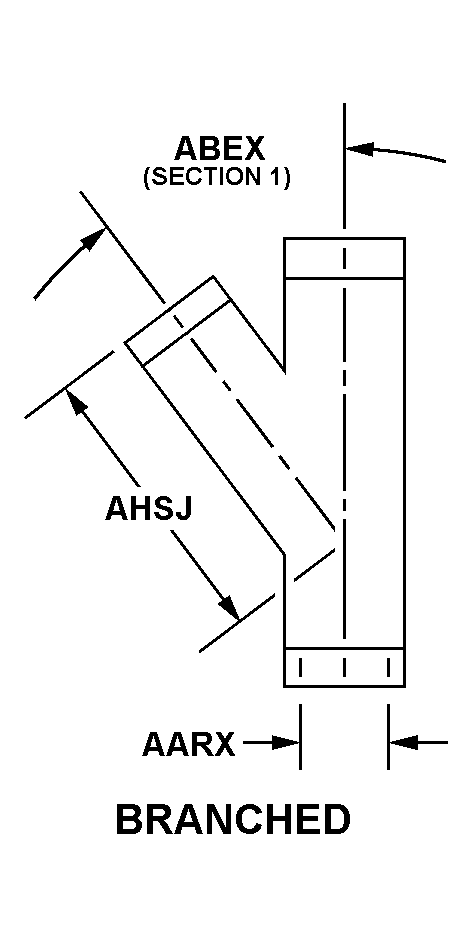5975016457745
Price Quote Get an up to date pricing and availability quote for this product. Order online or over the phone.
Quality Commitment
Serving our customers with quality and safety first.
- AS9120 Certified
- Audited supply chain
- ITAR Registered
- DDTC Registered
- HAZMAT Certified
- Customer service objectives
- Every product 100% inspected

5975-01-645-7745 Specification Set by the OEM (see RNCC code 3)
2a third end
45.0 degrees
any acceptable third end
1.70in. and 2.23in. single end
internal thread third end
1.312in. first end ⁓1-5/16"
20 per inch third end
(inavy) my conn fitting: metal y transitions for use with transition fittings for series 72 and 74 tubing and series 75 conduit
finish: olive drab over cadmium plate over electroless nickel (1000 hour salt spray)
aluminum alloy 6061
cadmium or nickel
branched
unef second end
Cross Reference Parts Part numbers that meet the specification outlined on this page and set by the OEM
Identification Item Identification Guide (IIG) and Item Name Code (INC)

Definition Definition of approved item name (AIN): "WYE,ELECTRICAL CONDUIT"
A type of electrical conduit fitting fabricated in the form of the letter y, having three hubs permitting conduits and/or conduit fittings to be taken off laterally from the main line of equal degree on each side, or with the main line continuing straight with a branch taking off at an angle. For items of this type having facilities for mounting wiring devices, see conduit outlet.
5975-01-645-7745 Material Hazmat, Precious Metals, Criticality, Enviroment, and ESD
Indicates there is no information in the hmirs. The nsn is in a fsc in table ii of fed std 313 and a msds may be required by the user. The requirement for a msds is dependent on a hazard determination of the supplier or the intended end use of item.
Item does not contain precious metal.
Represents items with no adp components
The item does not have a nuclear hardened feature or any other critical feature such as tolerance, fit restriction or application.
Identification Codes
HMIC: Hazardous Material Indicator Code. A one position code that identifies a hazardous item.
PMIC: Precious Metal Indicator Code. A one position code which identifies items that have precious metals as part of their content. precious metals are those metals generally considered to be uncommon, highly valuable, and relatively superior in certain properties such as resistance to corrosion and electrical conductivity.
ESD: Electrostatic Discharge. Indicates if an item is susceptible to electrostatic discharge or electromagnetic interference damage. electrostatic discharge damage occurs when an accumulation of static electricity generated by the relative motion or separation of materials is released to another item by direct contact. electromagnetic interference damage occurs when an item comes into proximity with an electrostatic or magnetic field.
ENAC: Enviromental Attribute Code. Identifies items with environmentally preferred characteristics.
CRITL: Criticality Indicator Code. Indicates an item is technically critical by tolerance, fit, application, nuclear hardness properties, or other characteristics.






